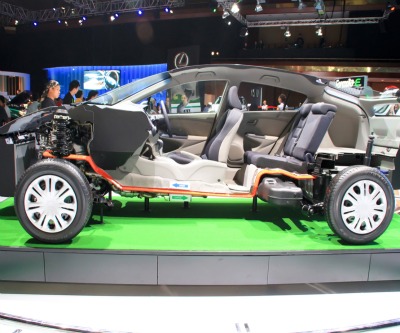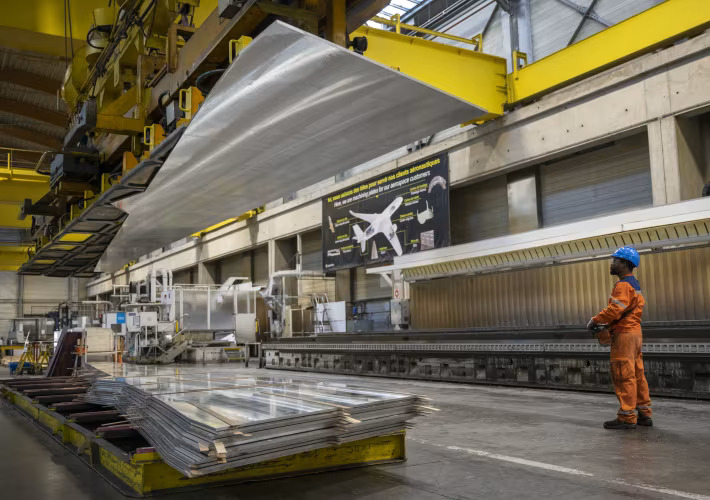Honda’s starts recycling program to extract 80% of rare earths from used hybrid batteries

Just Means reports 386 Honda hybrid vehicles damaged beyond repair in the March 2011 earthquake and tsunami in Japan prompted the vehicle manufacturer to institute a new process at Japan Metals & Chemicals (JMC) of extracting oxides containing rare earth metals from used nickel-metal hydride batteries.
The new process makes it possible to extract more than 80% of the rare earth metals which include neodymium, cerium, lanthanum and praseodymium at 99% purity, similar to mined rare earths.
Honda is not stopping at the damaged vehicles, but plans to commercialize the process:
Starting early March, the extracted rare earth metals are being supplied from JMC to a battery manufacturer, which will reuse them as negative-electrode materials for nickel-metal hydride batteries for hybrid vehicles. This first batch came from the vehicles rendered useless by the earthquake.
The plans go further. As soon as a sufficient volume is secured, Honda said it will begin applying the same process and recycle rare earth metals extracted from used nickel-metal hydride batteries collected by Honda dealers through battery replacement.
After a slow start hybrid and all-electric vehicles sales rose rapidly around the globe last year and is set to reach 3.8 million units annually by the end of the decade.
Lithium-ion batteries used by among others Ford in the US also cut the need for rare earths dramatically.
With more than 95% production centred in China, Japan’s high tech industry has been working hard to decrease its reliance on rare earths used in a variety of industries including green technology, defence systems and consumer electronics.
China’s monopoly position – only now being challenged by miners Molycorp in the US and Australia’s Lynas – has not stopped the sharp declines in the value of the 17 elements.
While mid-2012 prices looked as if it will begin to stabilize, values continue to soften and most REEs are down more than 80% since hitting a peak in 2011.
RELATED: Islands dispute: Why China won’t use rare earths against Japan
{{ commodity.name }}
{{ post.title }}
{{ post.date }}




Comments